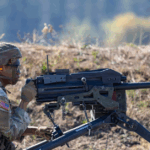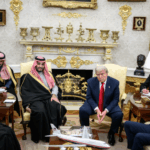
The Army’s top acquisition official on Wednesday said he expects there will be “several big awards” in February and March related to replenishing stockpiles of equipment sent to Ukraine. Doug Bush, the Army’s assistant secretary of acquisition, logistics and technology, also told reporters while the service hasn’t yet awarded deals utilizing the new multi-year contracting authorities for critical munitions that “quite a few are in the works.” “We’re working on numerous cases. Some will be new contracts because the timing…

 By
By 











